The moment you enter a book store or a library, the first thought that crosses your mind is “what book or books should I pick up today?’ As you walk through the store, and look at all the piles and piles neatly arranged according to categories; fiction, nonfiction, history, travel, etc., etc., the last thing on your mind is the ‘how and why’ of book printing, notebook printing, or for that matter any of the innumerable activities that go into printing and completion of a book till it reaches the reader.
However, any self-publisher, or even an enthusiastic reader in the UAE, would certainly like to know the processes that go on behind the scenes – the story behind book printing in Dubai. Be it self-publishing books or those published by an established publisher, there are certain interesting steps involved that help bring a book to life.
Printing a book involves the cover to be printed, then the textual pages, and finally these are all bound together. It is the first step in the process of converting a book from the author’s manuscript to the final product.
Whether it is book printing, notebook printing or textbook printing, the author or publisher, orders and pays for the printing, to produce the book.
After a book is printed, printers almost never keep the rights to publish it themselves. Besides, printers don’t usually offer design, editorial, and advertising, essential to present any book to an audience. Book printers take care of printing the book and the book binding, while book publishers retain the rights to a book. Once it is released – publishers own the intellectual property rights of a book.
There is a difference with notebook printing, as there isn’t written material to be printed. Subsequently, there is no discussion on who owns the intellectual property. If there is a custom design or content on the notebook, then the company or person who has created this owns the rights to it.
Most readers usually have their ‘favorite’ book type. All books can be divided into fiction and non-fiction. Fiction books tell a story woven by the writer, while non-fiction books contain facts. The most popular non-fiction books are biographies, travel books, how-to books, and history books. In non-fiction books, the other genres available are dictionaries, diaries, cookbooks, journals, encyclopedias, self-help books, memoirs, spiritual and religious books and more.
Genres offered in fiction books include a variety of drama, crime, thriller, mystery, action, adventure, fantasy, fairytales, children’s literature, historical fiction, poetry, etc.
The publication of a book by its author is referred to as self-publishing. Today, many writers decide to publish their own books without the involvement of a publisher.
While printing a book, printers need to decide on the type of paper to be used for the inside text. This is painstakingly followed by printers in Dubai. Likewise, along with the cover and binding of the book, the paper type also defines the quality of the book.
There are different options when it comes to book binding. These include:
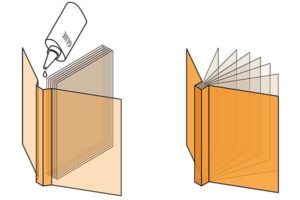
Perfect Binding
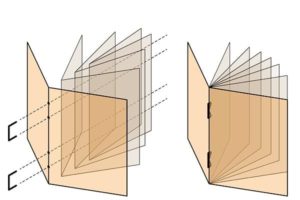
Saddle Stitching or Stapling
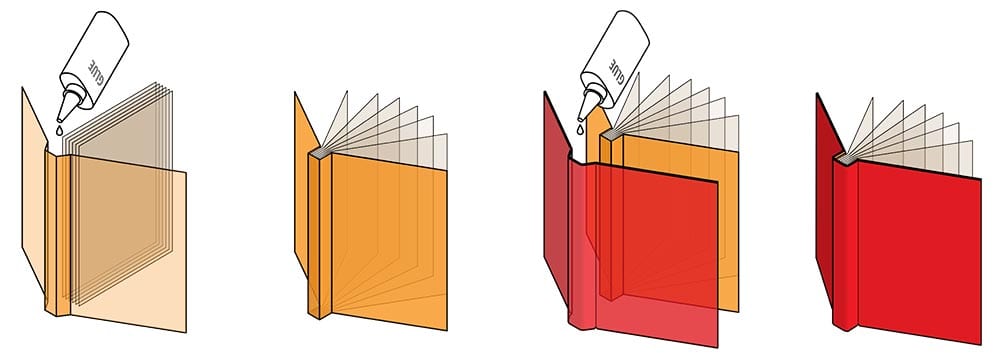
Case Binding
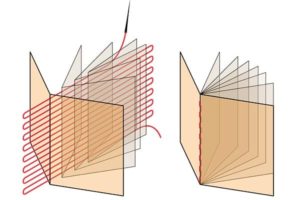
Section Sewn
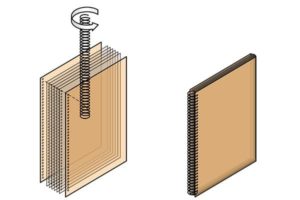
Spiral Bound